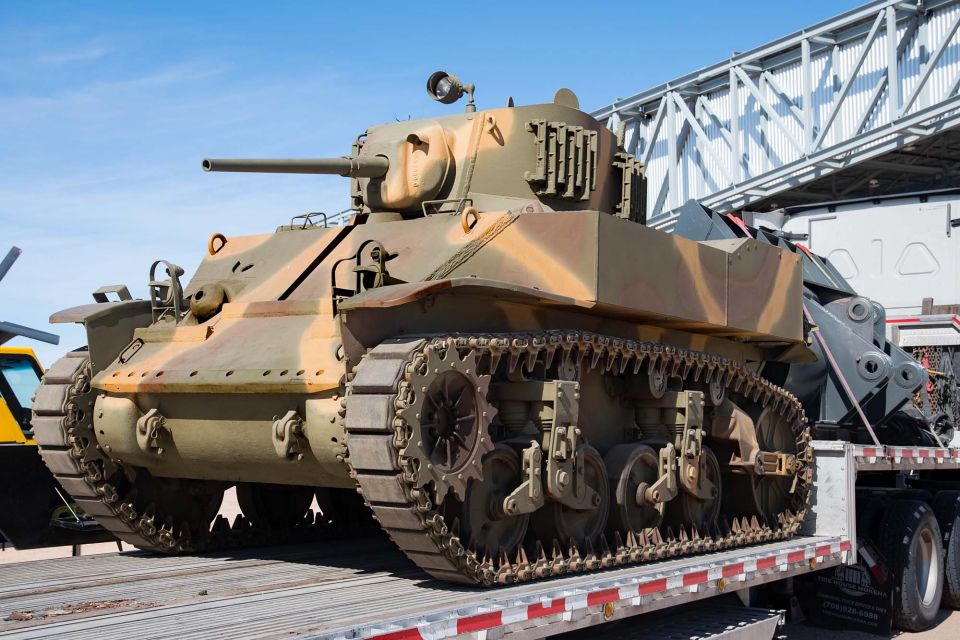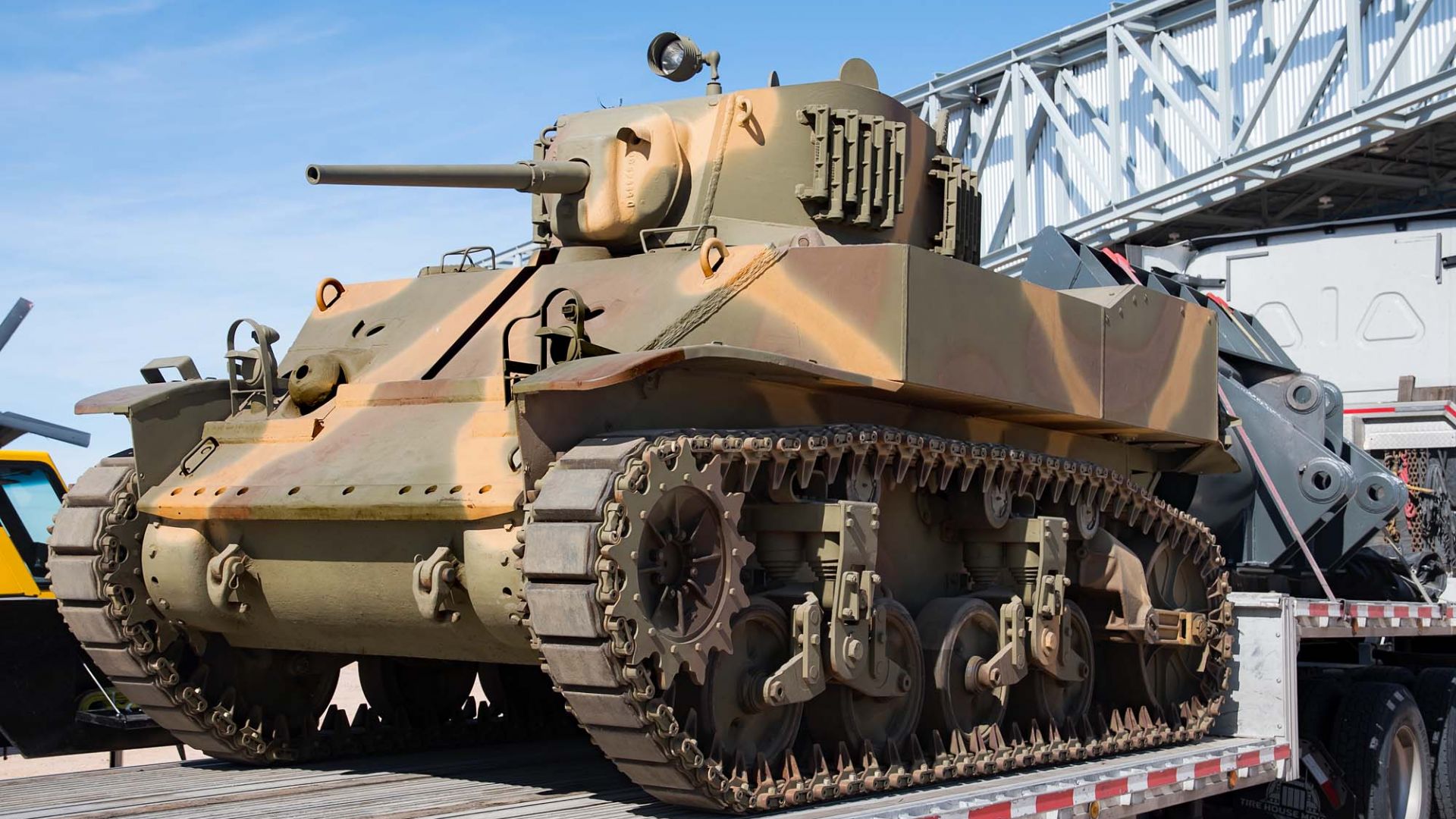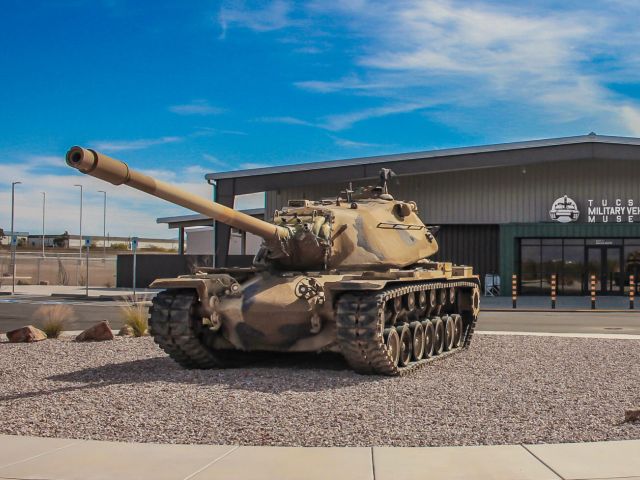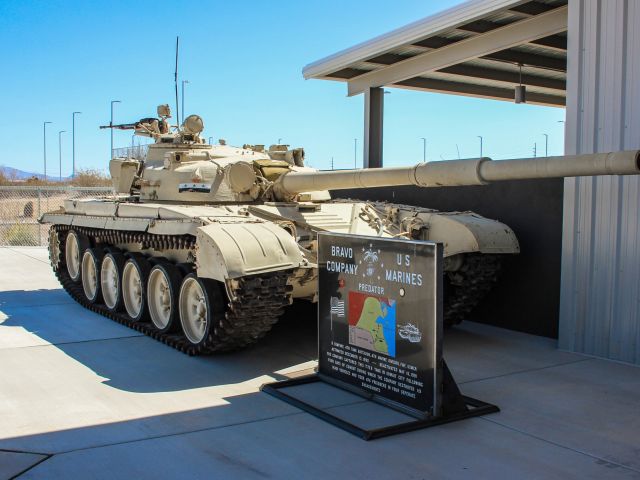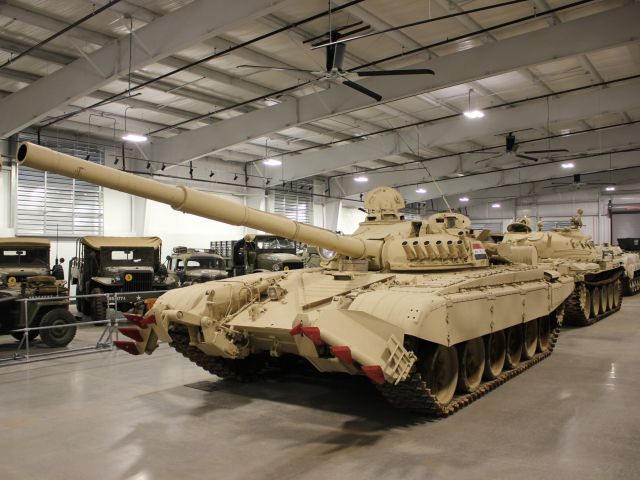Technical Specifications
-
Enter Service:1942
-
Crew:4
-
Weight:14.7 tons
-
Dimensions:Length: 14ft 3in (gun forward); Width: 7ft 5in; Height: 7ft 7in (over turret hatch)
-
Armament:Main: 1.46 in M6 gun; Secondary: 0.3 in machine gun
-
Armor:Maximum 2.52in
-
Powerplant:2 x Cadillac Series 42 V8, each produce 110 hp
-
Performance:Speed: 37 mph, Range: 100 mph
Description
The M5A1 Light Tank was the last model of the M3–M5 tank series. Three manufacturers, Cadillac, Massey-Harris, and American Car & Foundry produced over 6,800 M5A1 tanks between 1942–1944. To relieve wartime demand for radial aero-engines, the M5 was manufactured with twin Cadillac V8 automotive engines and twin Hydra-Matic transmissions operated through a transfer case. Originally, the M5 was originally designated M4. To avoid confusion with the M4 Sherman, the M5 designation was selected.
As part of the Lend-Lease program, the light tanks were delivered to Allied units. It was the British that named the M3–M5 tanks “Stuart” and the unofficial designation “Honey” tank, due to the smooth ride and reliability of the tank. While fast and dependable, the Stuarts had a critical limitation with the 37 mm gun. After clashes with Axis tanks in North Africa, the role of light tanks was reduced to reconnaissance, calvary scouting, flanking maneuvers, and amphibious operations.
